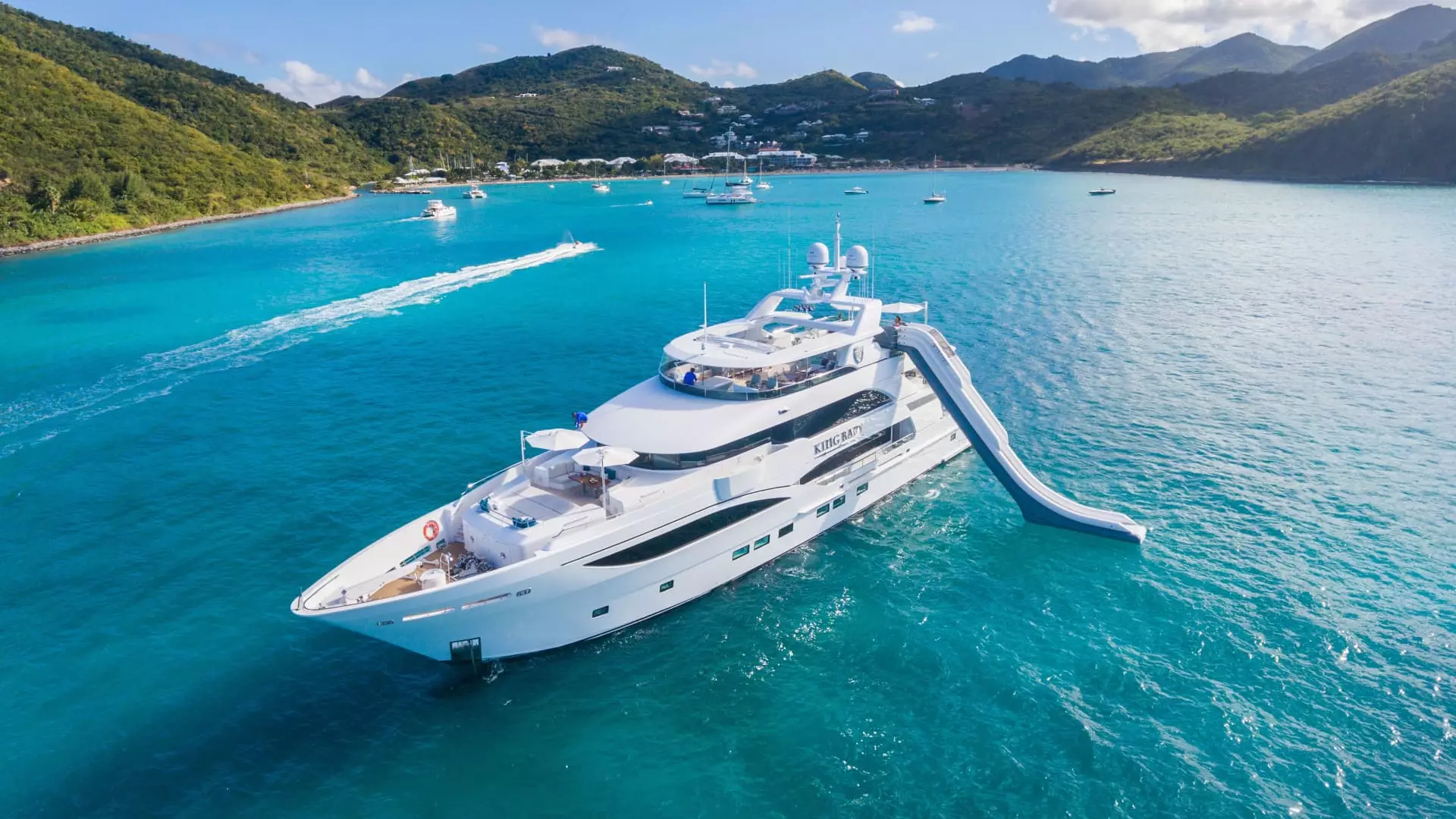The year 2023 saw a significant decrease in superyacht sales, with new sales of yachts over 100 feet long falling by 17% compared to the previous year. According to the SuperYacht Times’ State of Yachting report, there were only 203 sales of new superyachts in 2023, down from 245 in 2022 and a significant drop from the record-breaking 313 in 2021. The head of intelligence at SuperYacht Times, Ralph Dazert, attributed this decline to various factors such as long waiting lists, soaring costs, and sanctions on oligarchs.
One of the major challenges faced by buyers looking to purchase a new superyacht is the long waiting times caused by backlogs stemming from the pandemic. Buyers ordering yachts over 200 feet in length today can expect to wait three to four years before their yacht is delivered. Additionally, prices of superyachts have been skyrocketing due to higher labor and material costs, making it even more challenging for potential buyers to make a purchase. Dazert predicts that new superyacht sales may continue to decrease in the coming year as a result of these ongoing issues.
The decline in superyacht sales, particularly among the largest yachts, can be attributed to the withdrawal of rich Russian buyers from the market following the Ukraine invasion in 2022. Russian buyers, known for ordering extravagant and large yachts, have significantly decreased their purchasing activity. However, American buyers have stepped in to fill some of the gap, accounting for nearly a quarter of all superyacht sales in 2023. While American buyers tend to opt for smaller yachts compared to their Middle Eastern and Russian counterparts, the average size of American-owned superyachts is on the rise.
Despite the decline in new superyacht sales, the number of yacht completions has increased in 2023. A total of 202 superyachts were completed last year, representing yachts that were ordered during the peak of the pandemic and are now being launched. This surge in completions indicates a growing demand for the entire ecosystem of the yacht economy, including builders, brokers, marina slips, and crew. The rising fleet of superyachts, which has nearly tripled since 2002 to almost 6,000 yachts, reflects the continued popularity of yachting among the wealthy.
Despite the challenges faced by the superyacht industry, Dazert remains optimistic about the future of the sector. The influx of new buyers during the Covid pandemic has led to a permanent expansion of the customer base, with many existing yacht owners choosing to upgrade to larger vessels. This trend suggests that the high-water mark for the yachting economy will continue to rise, driven by the growing demand for superyachts and the associated services and infrastructure. As the yachting industry evolves, it will be interesting to see how buyers, builders, and other stakeholders adapt to the changing landscape of superyacht sales in the years to come.

